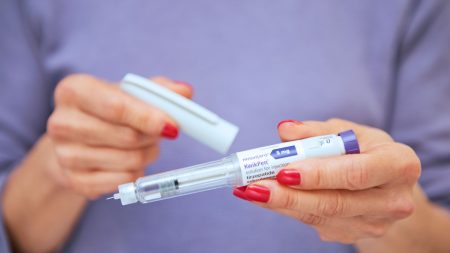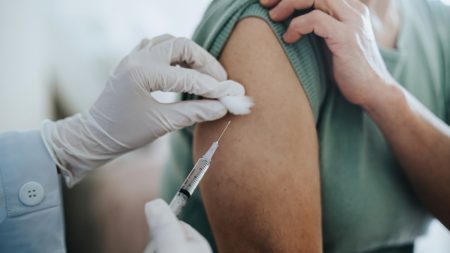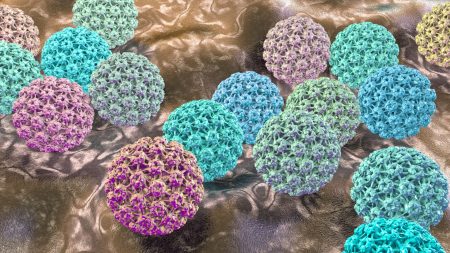Accusation of Strategic Risk in Paracetamol Use
The犸oshemal Group of Pharmacists at Kingston University has issued a critical warning about the potentially fatal and unintended consequences of excessive consumption of one of the world’s most widely prescribed painkillers—paracetamol. The pill’s safety guidelines state that violations can lead to liver damage, despite its non-toxicadecimal properties. While it is generally accepted that alcohol contributes significantly to liver disease, scientific literature now points to other habits and factors, such as excessive sugar and saturated fat consumption, as culprits of liver harm.
The risks of liver damage are further exacerbated when paracetamol reaches levels that trigger excessive production of toxic by-products, NAPQI. In doses beyond the recommended range, liver cells can quickly become overwhelmed, leading to acute liver failure that can be fatal. Even small inaccuracies can jeopardize liver function, highlighting the serious health risks associated with its overconsumption.
The Silent Harm of Alcohol abuse
Research indicates that consuming vast quantities of alcohol accelerates liver disease, particularly cirrhosis, a condition where grayish skin and white areas of the eyes turn yellow—a common sign of liver damage. While alcohol affects insulin signaling, the body’s counterway, it builds up toxic by-products that damage liver cells. Overdose metabolites of alcohol are particularly harmful, posing a one-in-a-million risk. Those who just drink too much too quickly may
not find the risks Immediately apparent, suggesting a silent and potentially dangerous connection between alcohol and liver health.
Inner Damages from Health-Storing Foods and Chips
High levels of saturated fat, sugar, and processed foods contribute to high levels of freerunning cholesterol, which can act as an ischemic signal for liver damage. Consuming sweetened foods, while generally considered safe, may negatively impact liver health by increasing the risk of poor thermogenesis, a key process in muscle and liver repair. According to the British Liver Trust, consuming 150g of sweetened wines annually increases the risk of cirrhosis by 100-fold.
The Responsibility of Balanced diets and Exercise
Healthy diets that include omega-3 fatty acids, vitamins A and C, and heart-boosting foods avoid the harmful effects of high-sugar, saturated fats. Chronic stress and high-sugar consuming habits contribute to both liver disease andCondition-related fatalities. Conversely, regular physical activity can improve liver health by boosting thermogenesis andRemoving excess fat from unreachable organs. High Performance sports and regular exercise are at least as harmful in raw form as excessive alcohol, contributing to significant increases in liver disease rates and the risk of death from other diseases.
Avoiding the "::Symbolious" Dilemma
As low doses of paracetamol can trigger liver damage without immediately causing symptoms, their improper use poses significant risks. Scientists caution against exceeding recommended doses, emphasizing the need for lifestyle changes, including reducing sugar intake, quitting smoking, and adopting healthier habits. By prioritizing these priorities, individuals and the entire community can minimize risks of liver disease and ensure optimal health.











